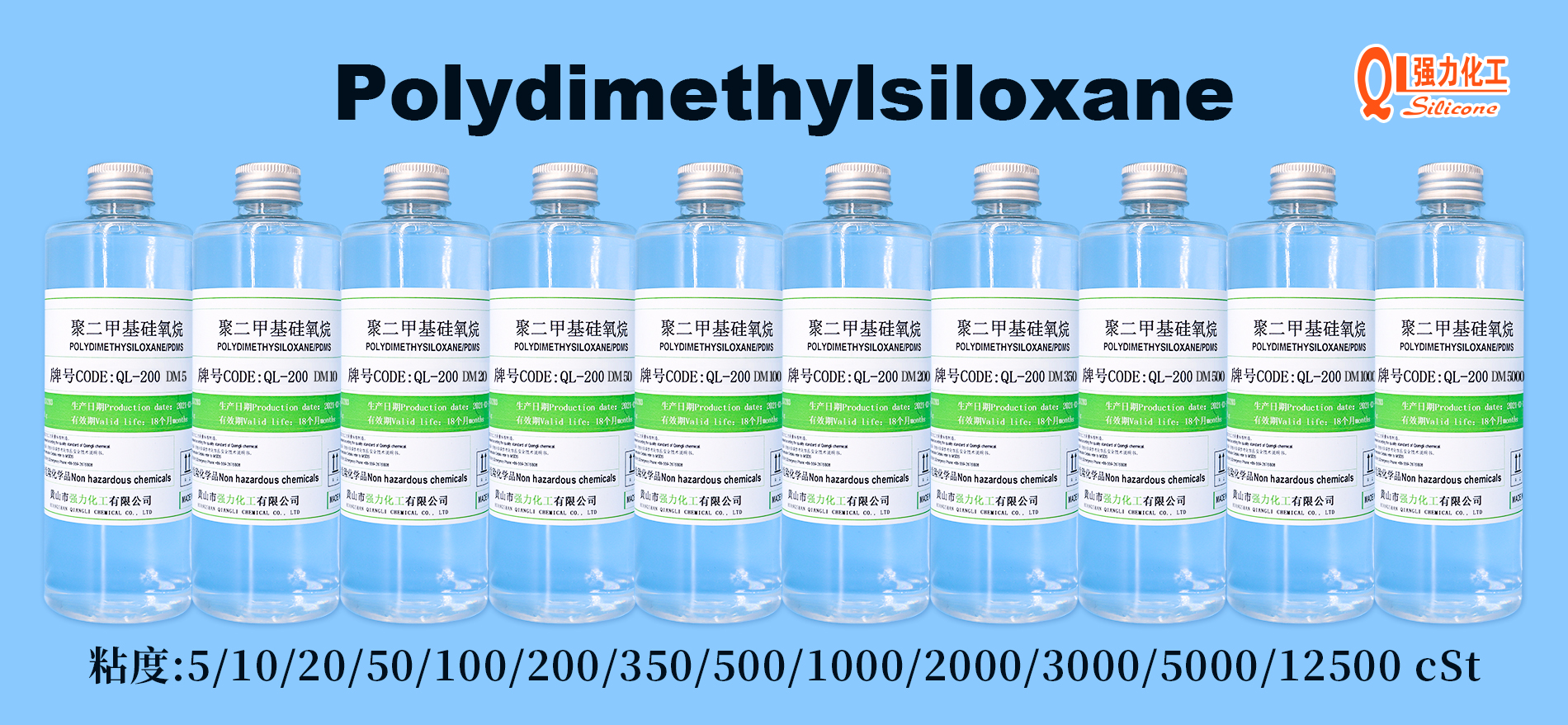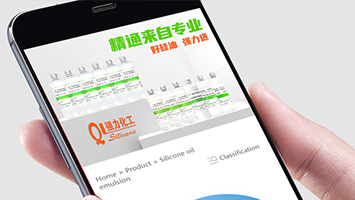Dimethyl silicone oil has a significant effect on improving the hydrophobicity of polypropylene (PP) matrix, but its specific performance depends on the addition method, dosage and process conditions. The following is a detailed analysis from the aspects of mechanism of action, effect performance, influencing factors and application precautions:
I. Mechanism of action: Why can dimethyl silicone oil improve the hydrophobicity of PP?
-
Molecular structure characteristics
The chemical structure of dimethyl silicone oil is a repeating "-Si(CH₃)₂-O-" unit. Its molecular chain is flexible and has extremely low surface energy (about 20-22 mN/m), which is much lower than that of PP (about 30-35 mN/m). When combined with PP, silicone oil molecules are easy to accumulate on the material surface, forming a low surface energy "hydrophobic film" to reduce the affinity between water molecules and the material surface. -
Compatibility with PP
PP is a non-polar polymer, and dimethyl silicone oil is also non-polar (siloxane chain skeleton + methyl side chain), so the two have good compatibility (especially in the molten state). This allows silicone oil to be evenly distributed in the PP matrix through blending or surface diffusion, or form a continuous coating on the surface, thus stably exerting hydrophobic effects.
II. Effect of hydrophobicity improvement: What is the specific performance?
Hydrophobicity is usually quantified by the water contact angle (the larger the contact angle, the stronger the hydrophobicity):
- The water contact angle of pure PP is about 90°-100° (weakly hydrophobic);
- After adding dimethyl silicone oil, the contact angle can be increased to 105°-120° (moderately hydrophobic), and even higher under some processes.
The specific effects are as follows:
- Water molecules are more likely to form "spherical" rolling on the material surface, reducing adsorption;
- The water repellency is enhanced, such as reducing liquid residue and the risk of bacterial adhesion after the surface is wet.
III. Key factors affecting the effect
-
Addition method
- Melt blending: Mix silicone oil with PP in the molten state. Silicone oil can be evenly dispersed in the matrix and gradually migrate to the surface with material forming (since the surface energy is lower, it tends to accumulate at the interface). This method has a long-lasting effect, and the hydrophobic layer is not easy to fall off, but the dispersion uniformity needs to be controlled.
- Surface coating: Directly coating silicone oil on the surface of PP products can quickly form a highly hydrophobic layer (the contact angle can be increased to more than 110° instantly), but the adhesion is poor, and it is easy to fail due to friction and washing in long-term use.
- Graft modification: Silicone oil segments can be grafted onto PP molecules through chemical methods (with the assistance of catalysts), which can form a stable "permanent hydrophobic layer". The effect is the best, but the process is complex and the cost is high.
-
Amount of silicone oil
- There is a "critical value": at low dosage (such as 0.5%-2%), the contact angle increases significantly with the increase of dosage (because the amount of silicone oil accumulated on the surface increases);
- Excessive addition (such as more than 5%): The increase of contact angle tends to be flat, and even decreases slightly due to the agglomeration of silicone oil leading to uneven surface. At the same time, excessive silicone oil may reduce the mechanical properties of PP (such as tensile strength and impact strength), because silicone oil plays a "plasticizing" role and destroys the interaction of PP molecular chains.
IV. Advantages and limitations
Advantages
- Significant effect: A small amount of addition can significantly increase the contact angle, and the cost is lower than that of fluorine-based hydrophobic additives;
- Simple process: Melt blending can be directly integrated into the conventional PP processing flow (such as injection molding and extrusion) without complex equipment;
- Additional functions: It can also improve the lubricity, mold release and high and low temperature resistance of PP (the temperature resistance range of silicone oil is above -50℃ to 200℃).
Limitations
- Impact on other properties: Excessive addition may cause the PP surface to be sticky, reduce mechanical properties, or affect secondary processing such as subsequent printing and bonding (because the silicone oil layer hinders interface bonding);
- Durability limitation: During blending, silicone oil may slowly migrate to the surface over time (especially in high temperature or solvent environments), and the hydrophobic effect may 衰减 slightly after long-term use;
- Unable to achieve superhydrophobicity: It is difficult to achieve a superhydrophobic state with a contact angle > 150° by simply relying on silicone oil (it needs to be combined with micro-nano structure design, such as compounding with nanoparticles).
V. Application suggestions
- Priority to melt blending: Add 0.5%-3% dimethyl silicone oil to PP processing (the specific amount needs to be adjusted according to the PP grade), and mix it through a twin-screw extruder, which can balance hydrophobicity and mechanical properties;
- Control process parameters: The blending temperature is set to 180-200℃ (to avoid volatilization of silicone oil), and the shear rate is moderate (to ensure uniform dispersion);
- Composite modification for efficiency improvement: If higher hydrophobicity is required, silicone oil can be compounded with nano-SiO₂, TiO₂, etc. (nanoparticles build microstructures, and silicone oil reduces surface energy), and the contact angle can be increased to more than 130°.
Summary
Dimethyl silicone oil is an efficient additive for improving the hydrophobicity of PP. Through reducing surface energy and surface enrichment effect, it can significantly increase the water contact angle of PP (usually by 10°-20°), with simple process and controllable cost. In practical application, it is necessary to optimize the dosage and process to balance hydrophobicity with the mechanical properties and processing performance of the material to achieve the best effect.




